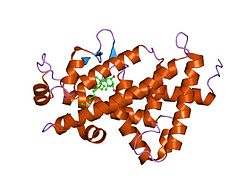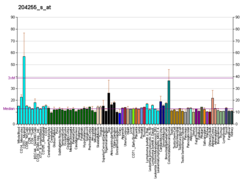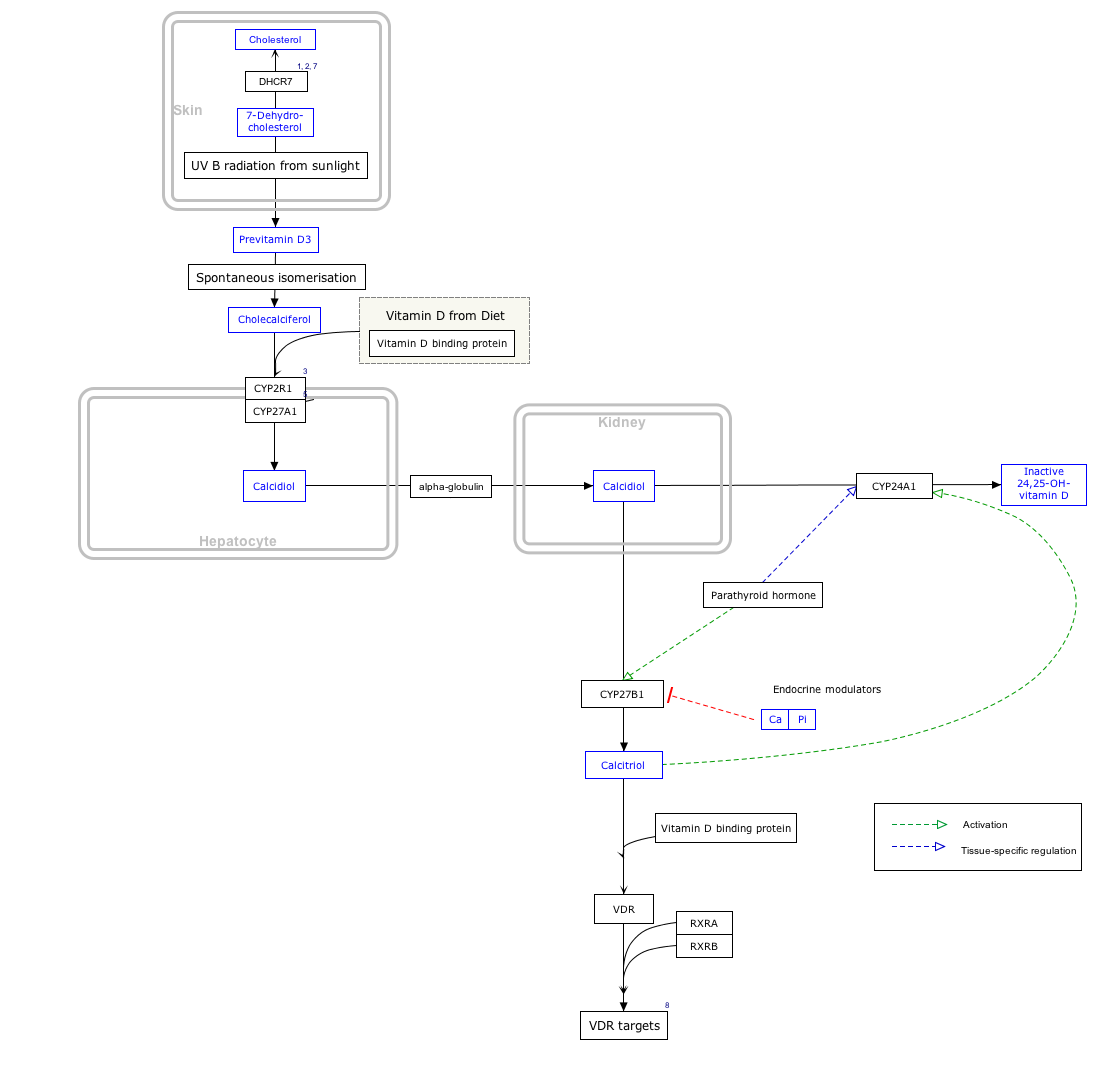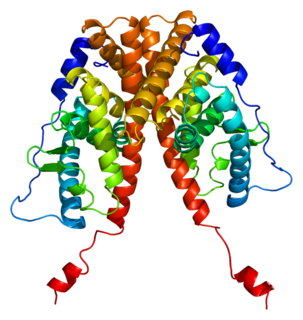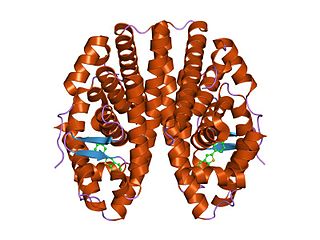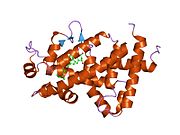[[<div style="display:block; width:76px; height:0px; overflow:hidden; position:relative; left:237.79492833517088px; top:121.919335370502px; background:transparent; border-top:3px blue solid"></div>]]
[[<div style="display:block; width:85px; height:0px; overflow:hidden; position:relative; left:233.0px; top:237px; background:transparent; border-top:3px blue solid"></div>]]
[[<div style="display:block; width:92.5625px; height:0px; overflow:hidden; position:relative; left:228.10253583241456px; top:317px; background:transparent; border-top:3px blue solid"></div>]]
[[<div style="display:block; width:62.5625px; height:0px; overflow:hidden; position:relative; left:243.10253583241456px; top:486.021871202916px; background:transparent; border-top:3px blue solid"></div>]]
[[<div style="display:block; width:59.3333333333332px; height:0px; overflow:hidden; position:relative; left:245.97243660418965px; top:384.838670741004px; background:transparent; border-top:3px blue solid"></div>]]
[[<div style="display:block; width:61.7291666666667px; height:0px; overflow:hidden; position:relative; left:593.0px; top:486.021871202916px; background:transparent; border-top:3px blue solid"></div>]]
[[<div style="display:block; width:85.9166666666661px; height:0px; overflow:hidden; position:relative; left:1001.0px; top:490px; background:transparent; border-top:3px blue solid"></div>]]
[[<div style="display:block; width:76.1041666666681px; height:0px; overflow:hidden; position:relative; left:585.8958333333319px; top:763.021871202916px; background:transparent; border-top:3px blue solid"></div>]]
[[<div style="display:block; width:82.8136714443222px; height:0px; overflow:hidden; position:relative; left:581.0363836824697px; top:692.005333165429px; background:transparent; border-top:3px blue solid"></div>]]
[[<div style="display:block; width:118.5px; height:0px; overflow:hidden; position:relative; left:703.7188533627336px; top:592.176226219454px; background:transparent; border-top:3px blue solid"></div>]]
[[<div style="display:block; width:76.0992282249142px; height:0px; overflow:hidden; position:relative; left:856.670341786108px; top:483.62606083908px; background:transparent; border-top:3px blue solid"></div>]]
[[<div style="display:block; width:141.030735730803px; height:0px; overflow:hidden; position:relative; left:655.6666666666667px; top:827.688537869577px; background:transparent; border-top:3px blue solid"></div>]]
[[<div style="display:block; width:27px; height:0px; overflow:hidden; position:relative; left:761.6957001102536px; top:714.059683236407px; background:transparent; border-top:3px blue solid"></div>]]
[[<div style="display:block; width:27px; height:0px; overflow:hidden; position:relative; left:788.6957001102534px; top:714.059683236407px; background:transparent; border-top:3px blue solid"></div>]]
[[<div style="display:block; width:59.4692642691966px; height:0px; overflow:hidden; position:relative; left:594.077867865401px; top:908.021871202915px; background:transparent; border-top:3px blue solid"></div>]]
[[<div style="display:block; width:144.25px; height:0px; overflow:hidden; position:relative; left:369.9992649761124px; top:341.735767396645px; background:transparent; border-top:3px blue solid"></div>]]
[[<div style="display:block; width:59.3333333333332px; height:0px; overflow:hidden; position:relative; left:245.97243660418965px; top:407.25533740767px; background:transparent; border-top:3px blue solid"></div>]]
[[<div style="display:block; width:55.666666666667px; height:0px; overflow:hidden; position:relative; left:676.333333333333px; top:919.021871202916px; background:transparent; border-top:3px blue solid"></div>]]
[[<div style="display:block; width:55.666666666667px; height:0px; overflow:hidden; position:relative; left:676.333333333333px; top:942.021871202916px; background:transparent; border-top:3px blue solid"></div>]]
[[<div style="display:block; width:80px; height:0px; overflow:hidden; position:relative; left:235.0px; top:34.0218712029162px; background:transparent; border-top:3px blue solid"></div>]]
[[<div style="display:block; width:61.882028665932px; height:0px; overflow:hidden; position:relative; left:245.117971334068px; top:76.6613419857165px; background:transparent; border-top:3px blue solid"></div>]]
[[<div style="display:block; width:52.4692642691966px; height:20.75px; overflow:hidden; position:relative; left:594.077867865401px; top:882.271871202915px; background:transparent; border:4px black solid"></div>]]
